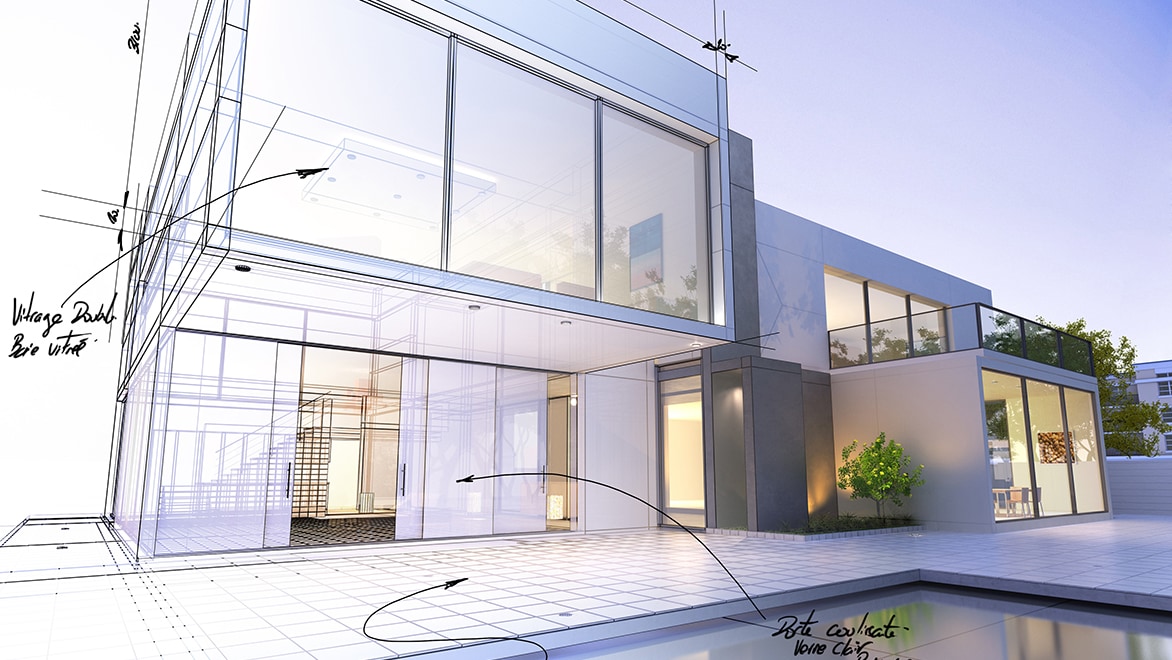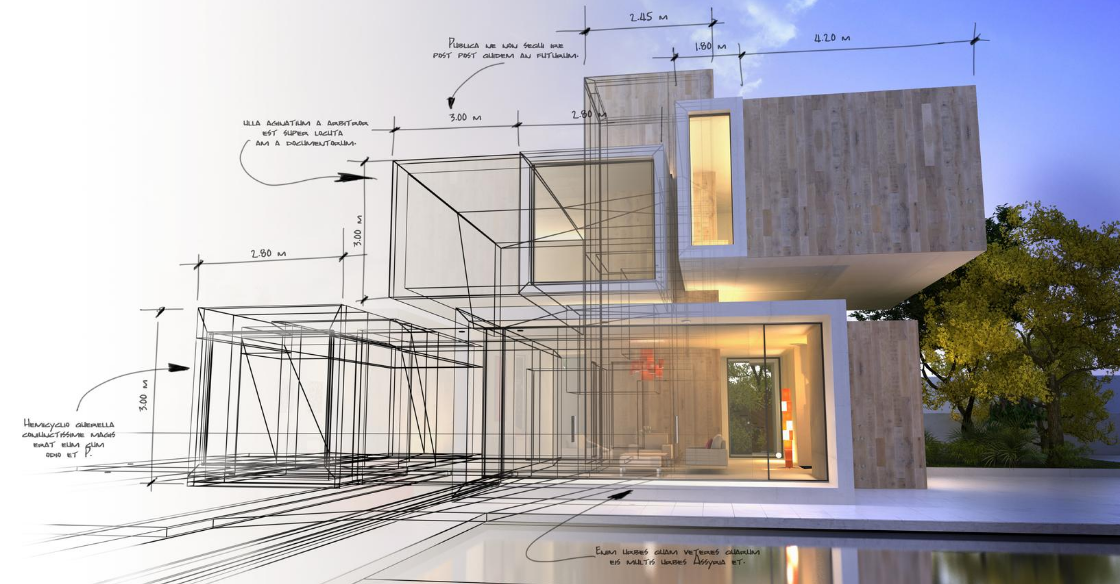Check Out Award-Winning Tasks by Distinguished CDA Architects
Check Out Award-Winning Tasks by Distinguished CDA Architects
Blog Article
A Thorough Overview of Building Styles and Their Influence on Modern City Planning and Development
Architectural designs have long offered as a mirror to the social values and technical innovations of their time, playing an essential duty in shaping modern-day city planning and advancement. From the grandeur of Neoclassicism to the practical technique of Brutalism, each style has actually introduced unique principles that influence city looks and performance.

Historical Introduction of Building Styles
Throughout history, architectural designs have actually developed in reaction to social, technical, and ecological variables. Each period mirrors the dominating worths, beliefs, and developments of its time, bring about a rich tapestry of design that indicates human creativity and adaptation. The ancient people, such as the Egyptians and Greeks, established fundamental designs that highlighted proportion and proportion, serving both functional and aesthetic functions.
As societies transitioned with the Middle Ages, Gothic design arised, identified by its verticality and intricate outlining, mirroring the spiritual goals of the period. The Renaissance noted a revival of classical ideals, merging art and design in ingenious manner ins which affected succeeding styles across Europe.
The Industrial Transformation presented new materials and building techniques, motivating motions like Innovation, which challenged standard types and accepted simpleness and performance. The 20th century saw a diversification of styles, with Postmodernism responding versus the plain minimalism of its predecessor, integrating historical references and eclectic components.
Today, building styles remain to develop, driven by globalization and sustainability concerns, mirroring a dynamic interaction between heritage and innovation (cda architects). This historic summary highlights the importance of style as a mirror of societal evolution and as a driver for city advancement
Key Architectural Styles Explained
The diversity of building designs mirrors the myriad influences that form our built atmosphere, each embodying unique qualities and social relevances. Secret architectural styles consist of Timeless, Gothic, Baroque, Modernism, and Postmodernism, each standing for one-of-a-kind historical contexts and aesthetic approaches.
Timeless architecture, rooted in ancient Greece and Rome, stresses proportion, proportion, and making use of columns. In comparison, Gothic design, flourishing in the Center Ages, is identified by sharp arches, ribbed vaults, and flying buttresses, developing an aerial high quality in sanctuaries. Baroque architecture, emerging in the 17th century, is noted by majesty, elaborate decoration, and a dynamic interplay of light and shadow.
Innovation, which gained momentum in the early 20th century, focuses on function over type, using brand-new products like steel and glass to create minimalist structures. Postmodernism, reacting against the austerity of Innovation, accepts eclecticism and historic reference, usually incorporating lively components and paradox.
Understanding these designs provides insight into the cultural narratives and technological developments of their particular eras, highlighting exactly how design offers not simply as a sanctuary, yet as a representation of social values and ambitions.
Effect on Urban Preparation
Fit the advancement of cities, architectural styles substantially influence metropolitan planning decisions. The selection of building design commonly determines the aesthetic appeals, functionality, and overall personality of city settings. cda architects. For circumstances, innovation, with its focus on minimalism and performance, encourages open areas and the assimilation of modern technology, forming city designs that prioritize efficiency and ease of access. On the other hand, typical styles might stress historic preservation, bring about city styles that maintain social heritage and advertise pedestrian-friendly settings.
Furthermore, architectural styles can affect zoning regulations and land utilize plans. Urban planners must think about the prevailing architectural patterns when creating districts, guaranteeing that new developments integrate with existing structures. This consideration fosters natural urban landscapes and improves community identification.
The implementation of details architectural styles can likewise affect socioeconomic factors within a city. For instance, premium contemporary layouts may draw in affluent citizens and businesses, bring about gentrification, while more economical real estate solutions may prioritize useful and lasting designs to suit varied populations. Ultimately, the interplay between architectural styles and see it here metropolitan preparation produces vibrant cities that mirror both historic context and contemporary demands, forming the lived experiences of their citizens.
Sustainability and Modern Design

Contemporary building movements, such as biophilic style and environment-friendly architecture, advocate for structures that integrate with their environments, using all-natural materials and advertising biodiversity. These styles commonly include renewable resource sources, such as photovoltaic panels and wind turbines, to decrease reliance on nonrenewable fuel sources and lower carbon footprints.
Additionally, the combination of sophisticated technologies, such as clever building systems, improves power administration, maximizing resource usage while making sure occupant convenience. Innovative review water administration approaches, including rain harvesting and greywater recycling, further add to lasting metropolitan settings.
Notably, sustainability expands past ecological problems; it includes social and financial dimensions as well. By promoting community well-being and advertising inclusivity, modern architectural designs line up with lasting advancement goals. Subsequently, the evolution of architectural techniques remains to shape resistant cities that not only meet the needs of the present yet additionally safeguard the future for generations to find.
Neighborhood Engagement in Design
Area engagement in layout serves as an essential bridge between engineers and the populaces they serve, making certain that the constructed setting reflects the needs and goals of its users. This collaborative process welcomes community participants to contribute their understandings and choices, fostering a feeling of possession and obligation towards the areas they populate.
Effective area involvement employs different approaches, such as workshops, surveys, and public forums, to gather diverse perspectives. These approaches help with a two-way discussion, enabling engineers to understand local contexts while empowering residents to articulate their issues and wishes. This inclusivity not just boosts the design top quality yet additionally promotes social equity by addressing the distinct challenges dealt with by marginalized groups.
Furthermore, community engagement can bring about ingenious options that might not arise in a click here to read traditional design process. By integrating regional knowledge and cultural worths, engineers can create areas that resonate even more deeply with customers, improving functionality and sustainability. Ultimately, focusing on neighborhood involvement in style processes causes atmospheres that support social interactions, assistance well-being, and reinforce neighborhood connections, therefore playing a critical role fit modern-day urban landscapes.
Final Thought
Architectural styles have actually greatly influenced modern-day city preparation and advancement, reflecting progressing social and technical contexts. As cities proceed to expand and adjust, the ongoing discussion in between building heritage and modern-day design principles will certainly continue to be vital in creating comprehensive, vivid spaces that improve high quality of life and promote social equity.
Report this page